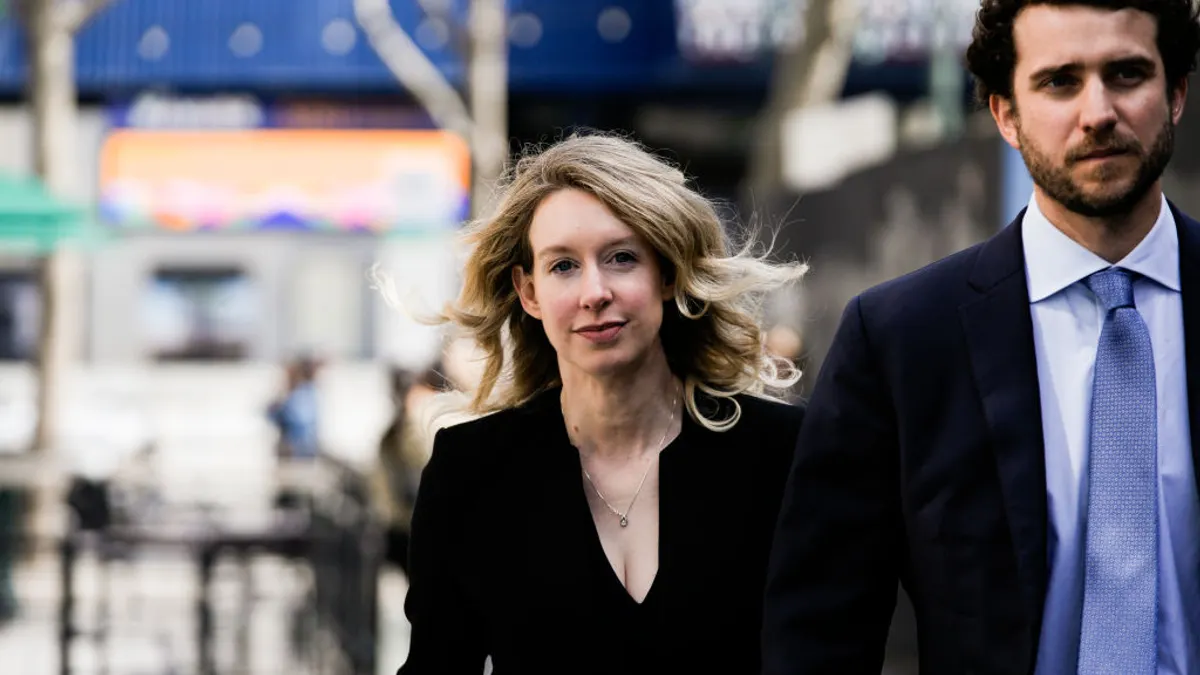From Patient to Advocate
Donna Cryer, President and CEO of the Global Liver Institute, talks about how she channeled her personal experience as an IBD and liver transplant patient into professional advocacy.
PV: Tell us about your journey as a patient.
Cryer: This is the 25th anniversary of my liver transplant, and it is the fifth year since the launch of the Global Liver Institute, the organization that I founded to ensure that other patients  had the same opportunities to access innovations in medicine, surgery, and healthcare that saved my life and sustain me today.
had the same opportunities to access innovations in medicine, surgery, and healthcare that saved my life and sustain me today.
When I think about my many decades as a patient and as a liver transplant recipient, I want to live in a way that not only honors the donor family but all of the different players who made my transplant possible and made it possible for me to do all the things that I’ve done in the past 25 years.
This group includes the pharmaceutical industry for the transformative immunosuppressants that have allowed me to live this long without rejecting my organ, as well as the medications that keep me from getting infections. It’s honoring the insurance companies that provided my family with coverage so I could have access to brilliant care, and certainly to the hospital, the doctors and the surgeons, the people who trained so long to develop the skills and expertise so they could do something as miraculous as taking an organ from one person and putting it in another.
They all have allowed me the privilege of doing everything I’ve done over the past 25 years: finishing law school, having a family, and building a business, and now leading an organization that truly puts patients in the driver’s seat of healthcare formation.
When I think about translating my lived experience as a patient into professional advocacy, I know I have a unique privilege to be able to bring all of the stakeholders together and align them in the way that most matters to improve peoples lives.
PV: Tell us about your evolution to become a patient advocate.
Cryer: I was transplanted between the first and second years of law school. I was a Harvard government concentrator and always wanted to be a lawyer and I always wanted to be an advocate. I went back to law school after my transplant, and the more I learned about the transplant system, the more I wanted to make sure that other patients — other people — knew about how the system worked. My experience transferred my advocacy to a new venue.
Having worked in organ transplant policy for four years, it exposed me to other areas of healthcare. This has proven to be a perfect alignment of my natural inclinations and temperament, my training, and what has become my life’s passion and purpose.
PV: How is the Global Liver Institute advancing patient advocacy?
Cryer: It’s exciting for me today to be at a point in my career where I am training other patients to transition into becoming patient advocates and equipping them with the skills to be able to do so. Two years ago, we started our Advanced Advocacy Academy. This is a unique interaction. We work individually with people to understand what their passions are and how they can transform and enhance their own skills to make a difference for liver health in this case.
We want to have the greatest impact and leave the next generation advocacy community stronger. It was important to transfer my knowledge and skills to others.
The academy offers modules in storytelling and media training, two key aspects of any good advocacy approach. It’s important for an advocate to tell his or her story in a compelling way that is appropriate for the particular purpose and audience, whether that is in clinical research or development activities, in regulatory advocacy, in state policy, in federal legislative policy, or working with healthcare delivery systems.
Once patients and caregivers form their own advocacy stories, we give them exposure to leaders in those particular areas and provide training to share information so they can build their knowledge and skill sets to be able to perform better. We also match them to opportunities whether these are with the FDA patient representative program or to sit on committees at NIH or the like. Helping patients to maximize and match their new skill sets to opportunities and advocacy is exciting.
PV: What new initiatives is the Global Liver Institute launching this year?
Cryer: Two things are prominent for us this year. We are the lead organization for International NASH Day, and we will be working with the coalition of medical societies and patient advocacy organizations around the world. International NASH Day is a public education campaign launched in June 2018 to raise visibility and urgency around fatty liver disease and its more advanced form, nonalcoholic steatohepatitis (NASH), which affects more than 115 million people around the world. International NASH Day is led by a consortium of patient advocacy organizations and medical and professional societies, spearheaded by the Global Liver Institute.
We also will be launching a Liver Cancer Council that will have a diversity of organizations, many of which have never worked on a liver issue before or only touched upon liver cancer in a cursory way. We are excited to be able to build on the conversations and relationships that we’ve been developing and the work that we’ve already done with the American Cancer Center, with the National Comprehensive Cancer Network, The American Cancer Society, and the Association of Community Cancer Centers among others to focus on the international liver cancer agenda as we have for NASH.(PV)
















